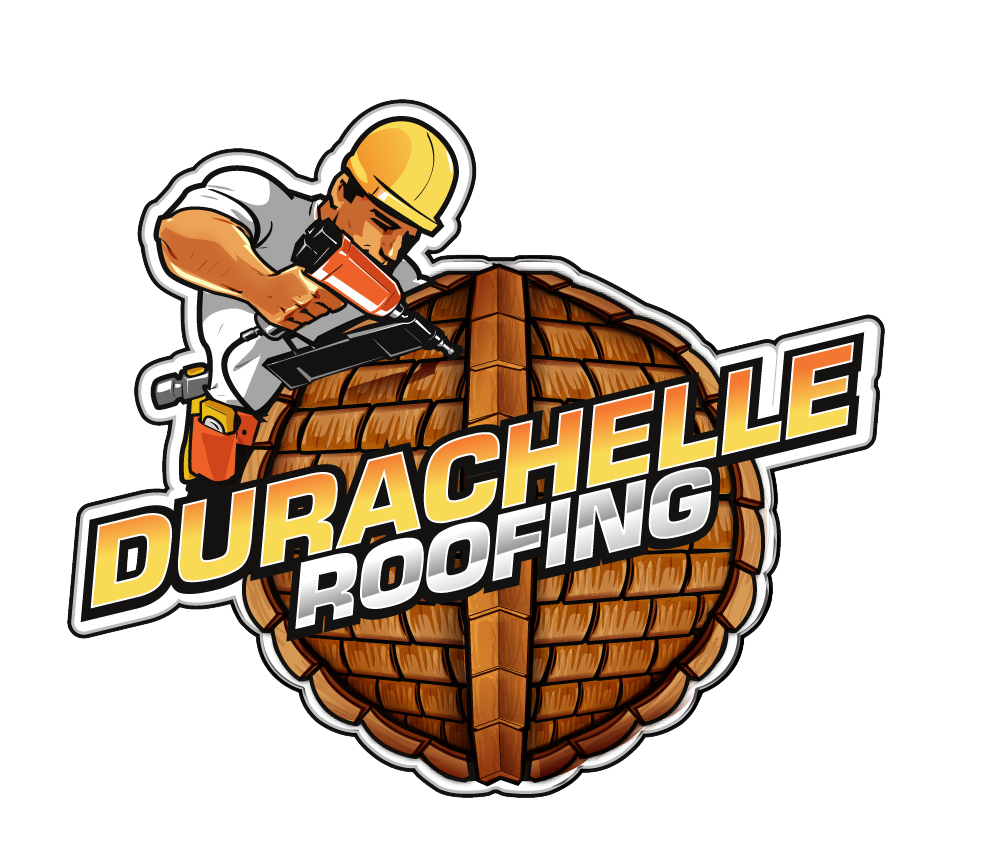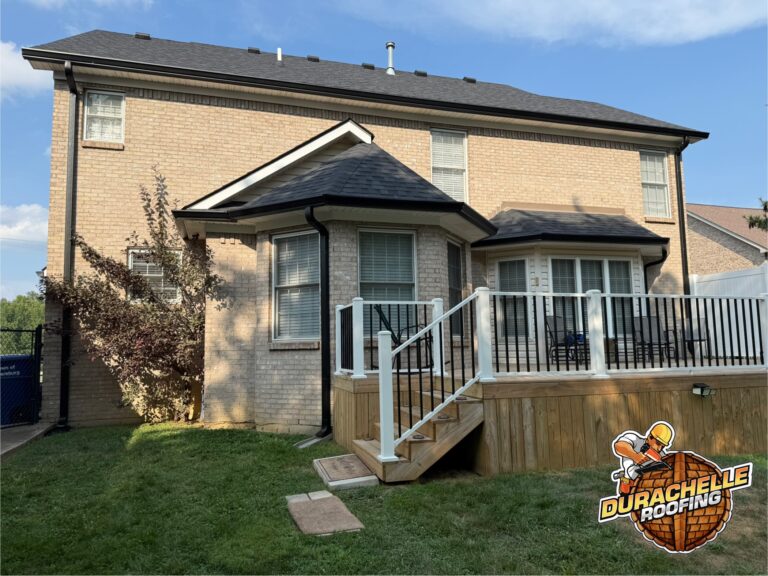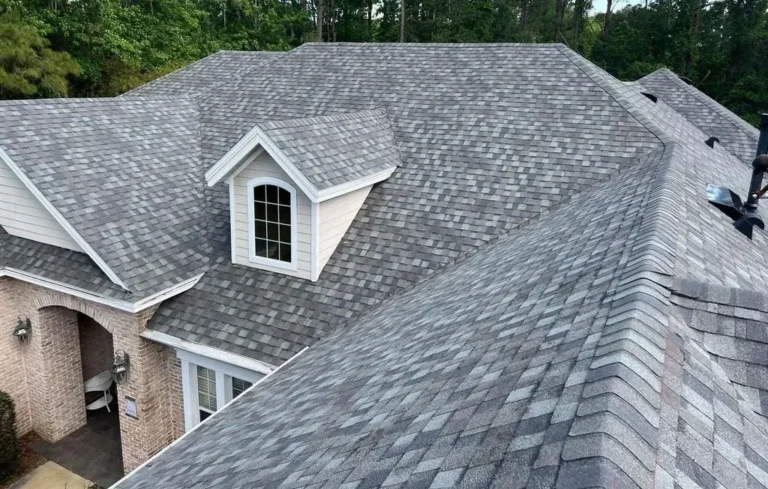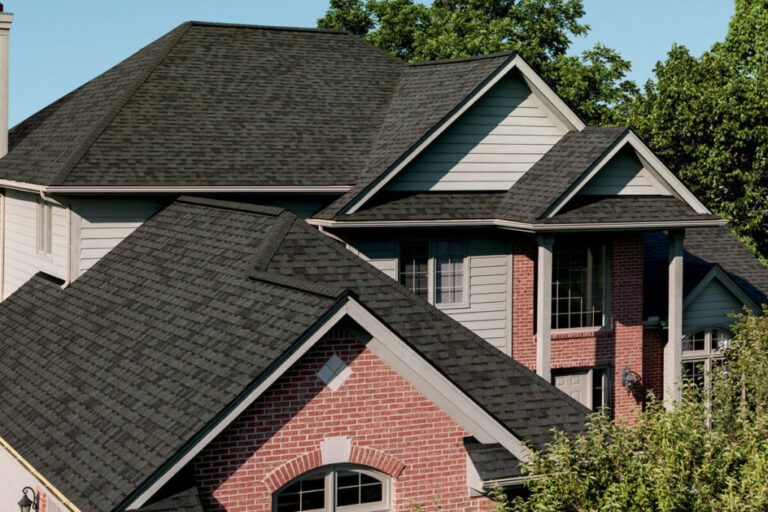A roof is one of the most important parts of your home. It protects you and your family from the elements, keeps your property safe, and adds to the overall value of your house. But like anything else, a roof won’t last forever. With proper care, however, you can significantly extend its lifespan, saving yourself money on costly replacements and repairs.
In this ultimate guide, we’ll walk through everything homeowners should know about roof longevity—from the factors that impact lifespan to maintenance tips, warning signs, and professional services that make a difference.
1. How Long Should a Roof Last?
The lifespan of a roof depends on the type of material, quality of installation, and how well it’s maintained. Here’s a breakdown of common roofing types and their average lifespans:
- Asphalt Shingles – 20 to 30 years
- Metal Roofing – 40 to 70 years
- Clay or Concrete Tile – 50 to 100 years
- Slate Roofing – 75 to 150 years
- Wood Shakes/Shingles – 25 to 40 years
While these numbers provide a general guideline, homeowners play a huge role in whether a roof lasts closer to the minimum or maximum range.
2. Factors That Affect Roof Lifespan
Several elements determine how long your roof will last:
Climate and Weather
Areas with harsh winters, heavy rainfall, or extreme heat can shorten roof life. Ice dams, hail, and UV rays can all cause damage over time.
Roofing Materials
Higher-quality materials are more durable and resistant to weathering. For example, metal roofs last far longer than asphalt shingles.
Installation Quality
Even the best materials won’t perform well if installed incorrectly. Hiring a trusted roofing company is crucial.
Maintenance Habits
A neglected roof will deteriorate quickly. Regular inspections and small repairs go a long way in preventing costly damage.
3. Proactive Maintenance Tips for Longer Roof Life
If you want your roof to last as long as possible, follow these best practices:
Regular Inspections
Have your roof inspected at least once a year, ideally in spring or fall. Professional roofers can identify hidden issues before they become serious.
Keep Gutters Clean
Clogged gutters trap water, which can back up under shingles and cause leaks. Clean your gutters at least twice a year.
Trim Overhanging Branches
Branches rubbing against your roof can damage shingles and allow pests access. Keep trees trimmed back to prevent wear and tear.
Remove Moss and Algae
Moss holds moisture against shingles, leading to rot and deterioration. Use gentle cleaning solutions designed for roofs.
Address Small Repairs Immediately
Don’t ignore a missing shingle or minor leak—small issues can quickly turn into expensive repairs if left untreated.
4. Signs Your Roof May Need Attention
Not sure if your roof needs maintenance? Look for these warning signs:
- Missing, cracked, or curled shingles
- Water stains on ceilings or walls
- Sagging rooflines
- Excessive granules in gutters
- Visible mold, moss, or algae growth
- Drafts or daylight showing in the attic
Catching these problems early can extend your roof’s life and save you from major replacement costs.
5. The Role of Professional Roofing Services
Even with great DIY maintenance, professional roofing services play a big role in longevity. Here’s why homeowners should work with experts:
- Thorough Inspections – Professionals spot hidden damage homeowners often miss.
- Expert Repairs – Quality fixes prevent recurring issues.
- Warranty Protection – Many roofing warranties require professional maintenance.
- Safety – Roof work is dangerous without the right equipment and training.
Partnering with a reliable roofing company ensures your investment is protected for decades.
6. Cost Benefits of Extending Roof Life
Roof replacements are expensive—anywhere from $8,000 to $25,000 depending on materials and size. By extending your roof’s lifespan through maintenance, you save thousands of dollars over the long term.
Think of roof care like car maintenance: small, consistent efforts prevent major breakdowns.
7. Energy Efficiency and Roof Longevity
Maintaining your roof doesn’t just prevent leaks—it also improves energy efficiency. A well-maintained roof with proper ventilation and insulation helps regulate indoor temperature, lowering energy bills.
Metal, tile, and reflective shingles can also reduce heat absorption, which prolongs roof life while keeping your home cooler.
8. When Is Roof Replacement the Best Option?
Even the best care won’t make a roof last forever. If your roof is nearing the end of its expected lifespan or showing widespread damage, replacement may be the smarter choice.
Consider replacement if you notice:
- Multiple leaks across different areas
- Extensive shingle loss or curling
- Structural sagging
- Age beyond the recommended lifespan
A professional roofer can assess whether repairs or replacement make more sense financially.
9. Sustainability and Roof Care
Extending your roof’s life is good for the environment. Roof replacements generate tons of waste—keeping your current roof in good shape helps reduce landfill waste and resource consumption.
If you do need a replacement, ask about recyclable materials and eco-friendly roofing options like metal or cool roofing systems.
10. Final Thoughts
Your roof is one of the most important investments in your home. With proper care, regular maintenance, and trusted professional services, you can extend its life by years—sometimes even decades.
At Durachelle Roofing, we specialize in helping homeowners protect their roofs and maximize their investment. Whether you need inspections, repairs, or a full replacement, our team is here to ensure your roof lasts as long as possible.



